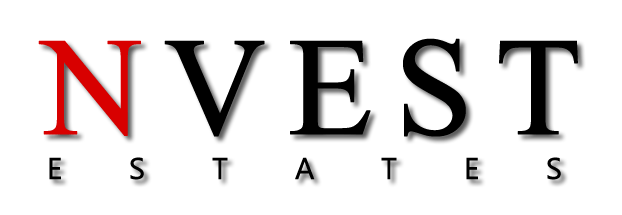Understanding these differences is essential for accurate financial reporting and analysis. By properly classifying costs as either Period Costs or Product Costs, businesses can assess their profitability, make informed pricing decisions, and allocate resources effectively. Managing mixed period costs requires a nuanced approach, balancing the fixed and variable components to ensure cost-effectiveness and efficiency. Analyzing historical data and trends can help businesses anticipate fluctuations in mixed costs and make informed decisions to control expenses. The inclusion of period costs in pricing decisions also involves a strategic component. Companies may decide to absorb certain period costs temporarily to gain market share or enter a new market, setting prices that are competitive yet may not fully cover these expenses in the short term.
Direct materials
Administrative expenses are non-manufacturing costs that include the costs of top administrative functions and various staff departments such as accounting, data processing, and personnel. Executive salaries, clerical salaries, office expenses, office rent, donations, research and development costs, and legal costs are administrative costs. Recording product and period costs may also save you some money come tax time, since many of these expenses are fully deductible.
Examples of Period Costs
Overhead or sales, general, and administrative (SG&A) costs are considered period costs. SG&A includes costs of the corporate office, selling, marketing, and the overall administration of company business. Other examples of period costs include marketing expenses, rent (not directly tied to a https://www.instagram.com/bookstime_inc production facility), office depreciation, and indirect labor.
Create a Free Account and Ask Any Financial Question
The wages paid to a construction worker, a pizza delivery driver, and an assembler in an electronics company are examples of direct labor. https://www.bookstime.com/ Managing fixed period costs involves careful budgeting and planning to ensure that the business can cover these expenses even during periods of low revenue or economic downturns. Regardless, all period costs, whether fixed or semi-variable, are considered expenses and will be reported on your income statement. In a manufacturing organization, an important distinction exists between product costs and period costs.
And while product costs focus on the creation of goods or services, period costs represent the broader expenses necessary to sustain the business’s overall operations and facilitate growth. Understanding Period Costs is crucial for any business looking to navigate the complex landscape of financial management. By grasping the distinction between Period Costs and Product Costs, businesses can accurately assess their expenses and make informed decisions to improve profitability. From administrative and selling expenses to marketing costs and depreciation, every Period Cost plays a role in shaping a company’s financial health. Both product costs and period costs directly affect your balance sheet and income statement, but they are handled in different ways. Product costs are always considered variable costs, as they rise and fall according to production levels.
The tax implications of period costs are an intricate aspect of fiscal management that can influence a company’s tax liability. Since period costs are deductible in the year they are incurred, they can reduce taxable income, thereby affecting the amount of tax owed by the business. It is essential for companies to accurately categorize and document these expenses total period costs to ensure they are maximizing their tax deductions.
- Product costs (direct materials, direct labor and overhead) are not expensed until the item is sold when the product costs are recorded as cost of goods sold.
- However, we’ll cover the most common period costs and how to calculate them.
- These costs include the costs of direct materials, direct labor, and manufacturing overhead.
- Period costs encompass a variety of expenses that are essential for the day-to-day operations of a business but are not part of the manufacturing process.
- To make a profit and keep your bakery thriving, you’ll likely set a price for your cakes that’s higher than $10.
- Since the expense covers a two year period, it should be recognized over both years.
What is a period expense?
For example, iron ore is a direct material to a steel company because the iron ore is clearly traceable to the finished product, steel. Depreciation expense is calculated using various methods such as straight-line depreciation, declining balance depreciation, and units of production depreciation. The choice of depreciation method depends on factors such as asset usage patterns, expected future cash flows, and accounting policies. Recognizing the importance of Period Costs in financial analysis allows businesses to make informed decisions, optimize performance, and achieve long-term success and sustainability. We’re firm believers in the Golden Rule, which is why editorial opinions are ours alone and have not been previously reviewed, approved, or endorsed by included advertisers.
Period costs guide decisions on running the whole business efficiently, like deciding on staffing or advertising, ensuring everything works well financially. It’s like finding the right balance to make good products and keep the entire business in good shape. Finally, managing product and period costs will help you establish more accurate pricing levels for your products. Understanding period costs helps assess the day-to-day financial health of a business.

